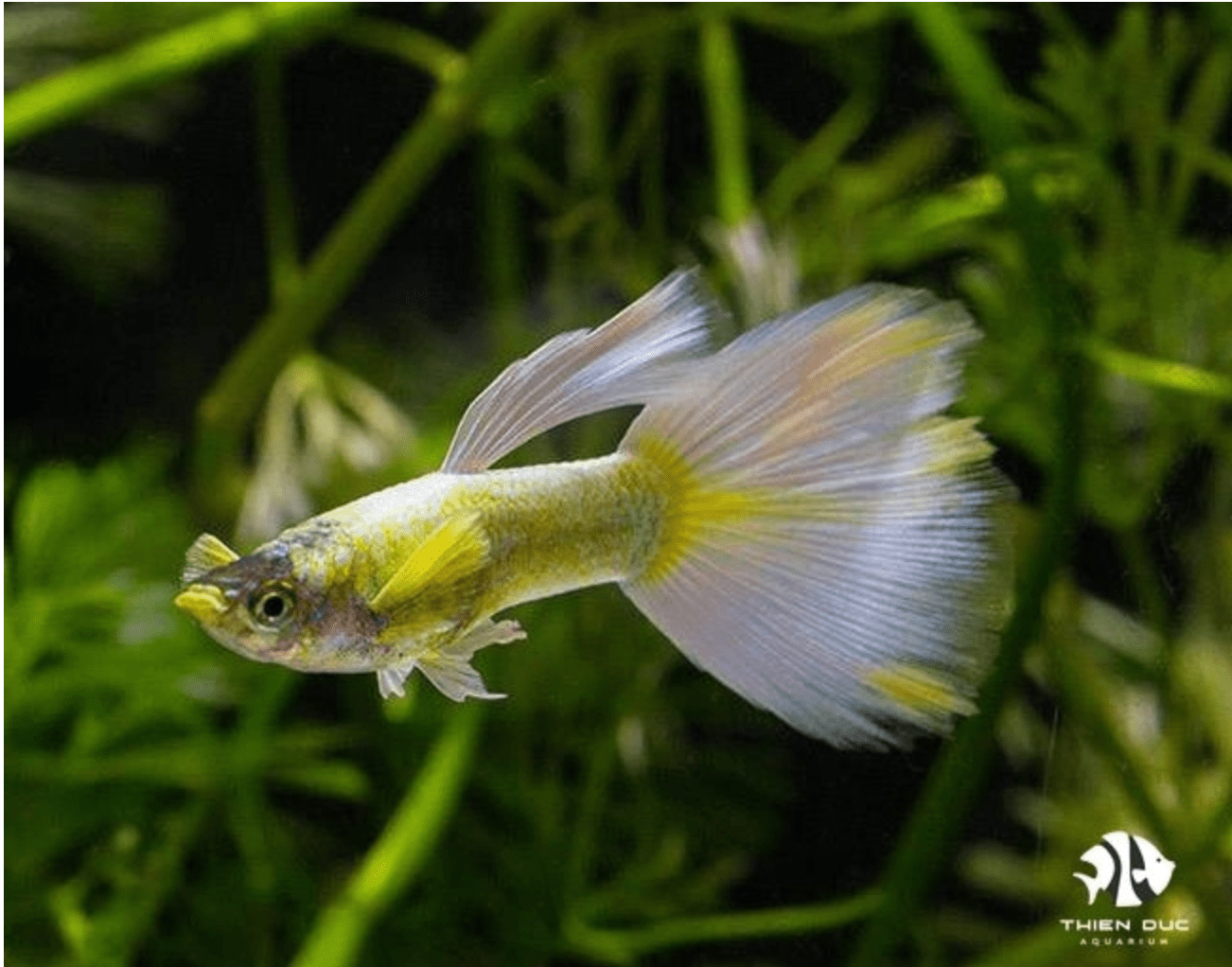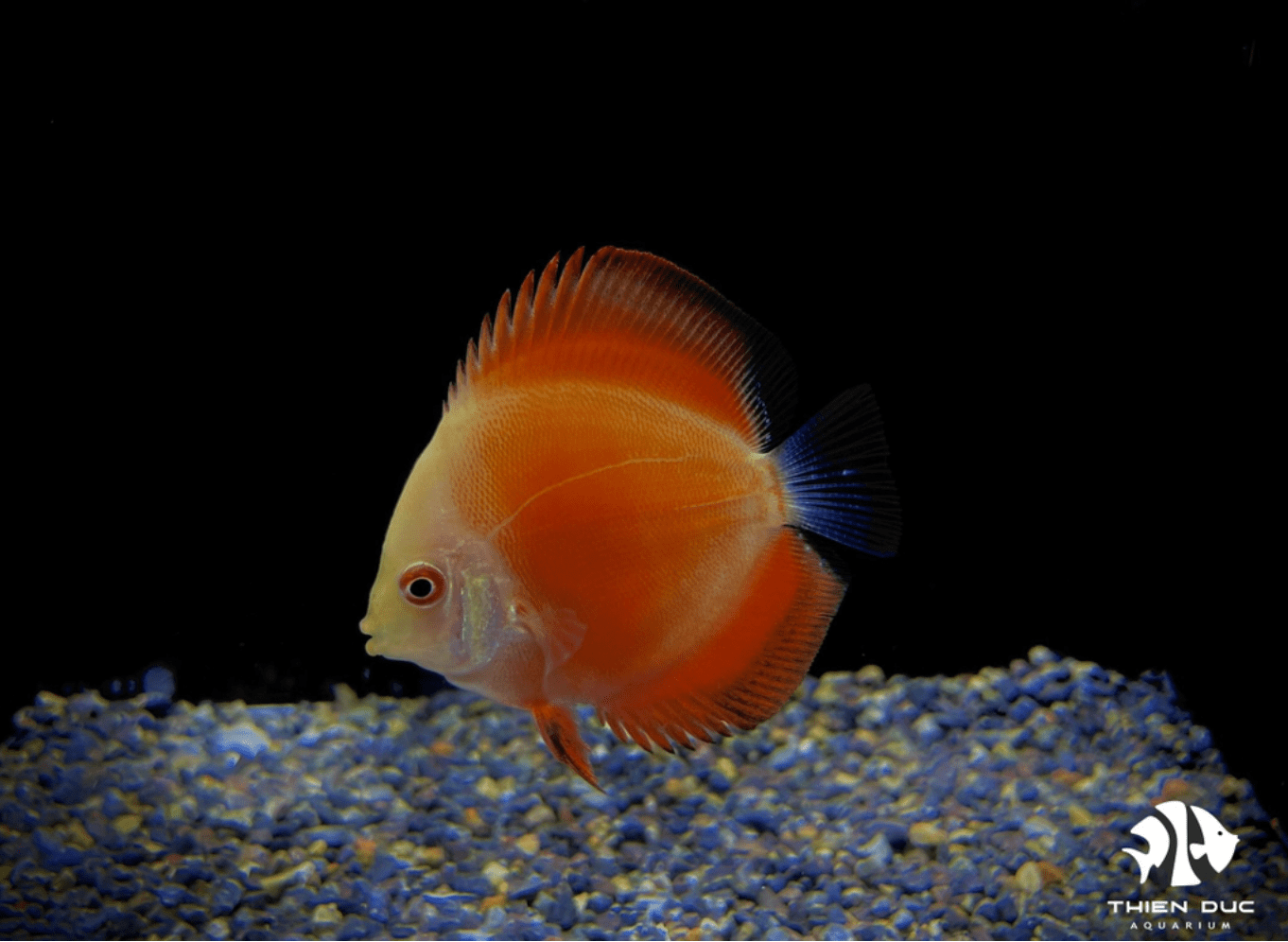Customs Clearance for Live Animals: Avoid Costly Delays
The journey of a live animal across international borders is a race against time where every minute counts. A delay at the final checkpoint isn't just an administrative hurdle; it's a direct risk to animal welfare and your bottom line. At ThienDuc Aquarium, we've spent over a decade perfecting the customs clearance for live animals, transforming a complex challenge into a seamless process. This guide shares our hard-won expertise to help you navigate the intricate requirements, ensuring your valuable shipments arrive safely and without costly interruptions.
The Critical Triangle: Animal Welfare, Regulatory Compliance, and Financial Risk
Understanding the "why" behind the strict procedures is the first step toward mastering them. The entire framework for the international transport of live animals is built on a delicate balance of three critical factors. Neglecting even one of them can have disastrous results. The success of your shipment hinges on a deep respect for this interconnected triangle, making the customs clearance for live animals a process that demands absolute precision.

The welfare of animals ought to come first. For aquatic species like the ornamental fish we specialize in, transit is an inherently stressful experience. They are confined to a sealed environment with finite oxygen and rising levels of ammonia. A delay of even a few hours at a customs dock can be catastrophic, leading to significant stress, disease, and mortality. Ethical and effective shipping practices are therefore not just a regulatory burden but a fundamental responsibility.
Secondly, compliance with regulations is a given. International bodies like the IATA (International Air Transport Association) and conventions such as CITES (Convention on International Trade in Endangered Species) have established rigorous, legally-binding standards. These rules are designed to protect global biodiversity and ensure the humane treatment of animals. A failure to comply marks a shipment as problematic, immediately inviting scrutiny and delays that jeopardize the entire customs clearance for live animals.
Finally, the financial risk is substantial. A shipment held in customs incurs immediate costs, including storage fees, inspection charges, and potential fines. In a worst-case scenario, the shipment may be rejected and either returned at the shipper's expense or confiscated entirely. For a business, this means a total loss of valuable livestock and a damaged reputation with clients.
Your Essential Checklist for Flawless Customs Clearance for Live Animals
Drawing from over a decade of exporting delicate freshwater fish from Vietnam to destinations worldwide, we have refined a checklist that addresses every potential point of failure. This systematic approach is the key to achieving a predictable and successful customs clearance for live animals every single time. Follow these steps meticulously to protect your shipment.

Step 1: Meticulous Documentation - The Foundation of Your Shipment
Paperwork is the number one reason for customs holds. Any inconsistency, however minor, can flag your entire shipment for a time-consuming manual review. Your documentation must be perfect and tell a clear, consistent story about the contents of your shipment. A flawless set of documents is the passport for your shipment, making it the most critical element for a smooth customs clearance for live animals.
-
Health Certificate for Animal Export: This is the most vital document. Issued by a government-certified veterinary authority in the origin country, it formally attests that the animals are healthy and free from specified diseases. Ensure the certificate is dated correctly, lists all species accurately by their scientific names, and meets the specific requirements of the destination country.
-
Commercial Invoice & Packing List: These documents must perfectly align with each other and the physical contents. The invoice should declare the correct value, and the packing list must detail the exact quantity of animals in each box. Vague descriptions or mismatched numbers are immediate red flags for customs officials.
-
Air Waybill (AWB): This is your contract with the airline. All consignee information must be 100% accurate. Crucially, it must include the correct IATA Live Animals Regulations (LAR) handling codes, informing every person who touches the shipment that it contains live, perishable animals requiring priority handling. Successful customs clearance for live animals often depends on this clear communication.
-
CITES Documentation: For any species listed under CITES, including many of the wild-caught fish we specialize in, having the correct export and import permits is mandatory. Attempting to ship a CITES-listed species without these permits is considered illegal trafficking and will result in seizure and severe penalties.
Step 2: IATA-Compliant Packaging - Ensuring Safety and Security
Once your paperwork is in order, your focus must turn to the physical safety and security of the animals. How you pack your shipment is a direct reflection of your professionalism and commitment to animal welfare. Inspectors are trained to spot non-compliant packaging, which can trigger an inspection and undermine an otherwise smooth customs clearance for live animals.
-
Container Specifications: According to IATA Live Animals Regulations, containers must be robust, leak-proof, and allow for proper air circulation. For our fish, we use high-quality styrofoam boxes with multiple layers of sealed plastic bags to prevent any water leakage, which could compromise the aircraft.
-
Labeling is Key: Proper labeling is essential for safe handling. Every box must be clearly marked with standardized "LIVE ANIMALS" labels, orientation arrows ("This Way Up"), and the scientific name of the species inside. This information allows handlers and customs agents to prioritize and handle your shipment correctly. This simple step is fundamental to the customs clearance for live animals.
-
Animal Preparation: True expertise is shown before the animals are even boxed. We carefully condition and fast our fish for a set period before shipping. This process minimizes the production of ammonia waste in the bags during transit, drastically improving water quality and the chances of survival.

Step 3: Proactive Broker and Port Coordination
Your responsibilities do not end when the shipment leaves your facility. Effective coordination with partners at the destination is a proactive step that can save you from unforeseen delays. Building a reliable logistics network is a core part of ensuring a consistent customs clearance for live animals.
-
Choose a Specialist Customs Broker: Do not entrust a live animal shipment to a general broker. Work with a firm that specializes in live, perishable goods. They understand the urgency, have relationships with local port authorities, and can often pre-file documentation so that clearance can begin the moment the plane lands.
-
Confirm Destination Requirements: Never assume. Before shipping, have your broker or consignee confirm the most up-to-date import and quarantine rules at the destination port. Regulations can change, and being prepared is your best defense against surprises that can disrupt the customs clearance for live animals.
-
Create a Contingency Plan: What is your plan if an unforeseen issue arises, such as a flight delay or a random inspection? Have a clear communication plan with your broker and consignee, and if possible, an emergency contact who can tend to the animals if they need to be held in a facility.
A Final Checklist for Successful Customs Clearance for Live Animals
Ultimately, a successful customs clearance for live animals is not about luck; it is the result of meticulous preparation and an unwavering commitment to high standards. The process rests on three pillars: perfect documentation that leaves no room for questions, IATA-compliant packaging that prioritizes animal welfare, and proactive coordination with a specialized logistics partner. By mastering these areas, you protect your financial investment and uphold your ethical duty to the animals you ship. At THIENDUC AQUARIUM, this disciplined approach has been the cornerstone of our global operations since 2012, ensuring the safe and efficient delivery of aquatic life. This is the professional standard required for every customs clearance for live animals.
Contact THIENDUC AQUARIUM for Expert Export Services:
-
Address: 57 Le Thi Sieng, Tan Thong Hoi, Cu Chi, Ho Chi Minh City, Viet Nam
-
Mobile: +84903912501
-
Office: +84982577871
-
Email: thien@thienducaquarium.com










